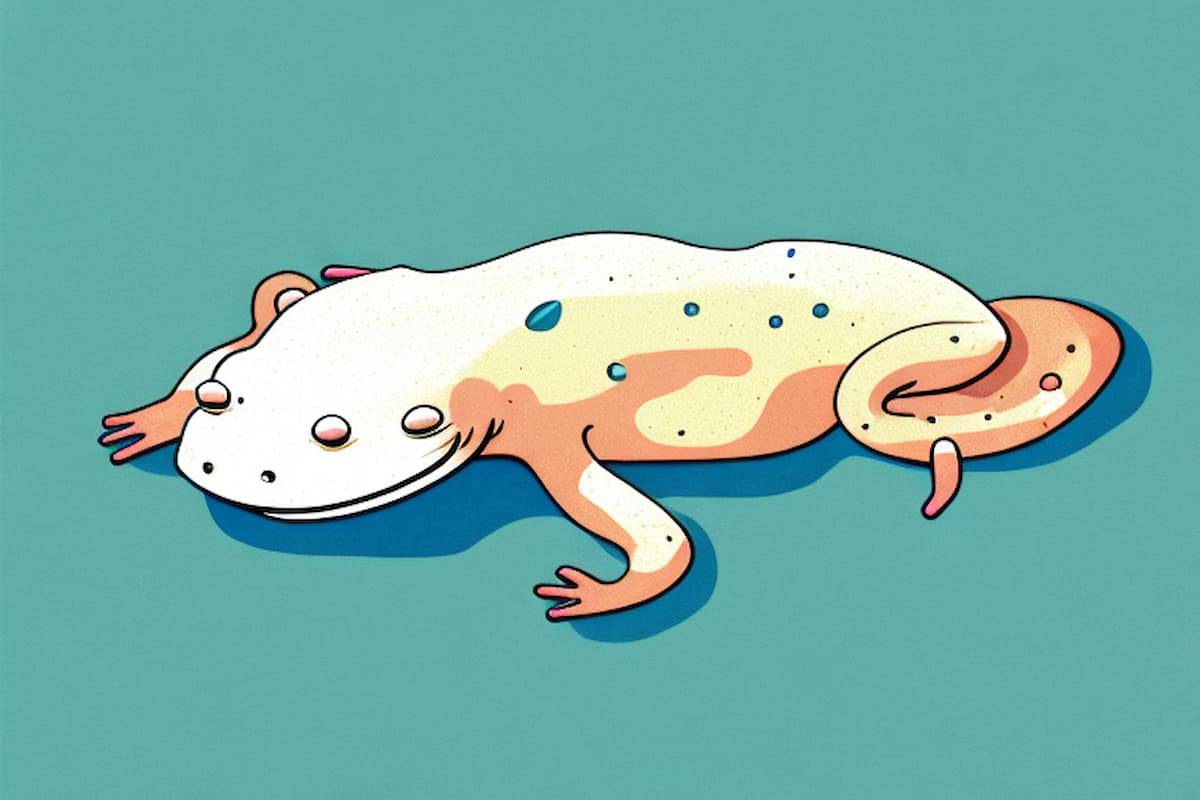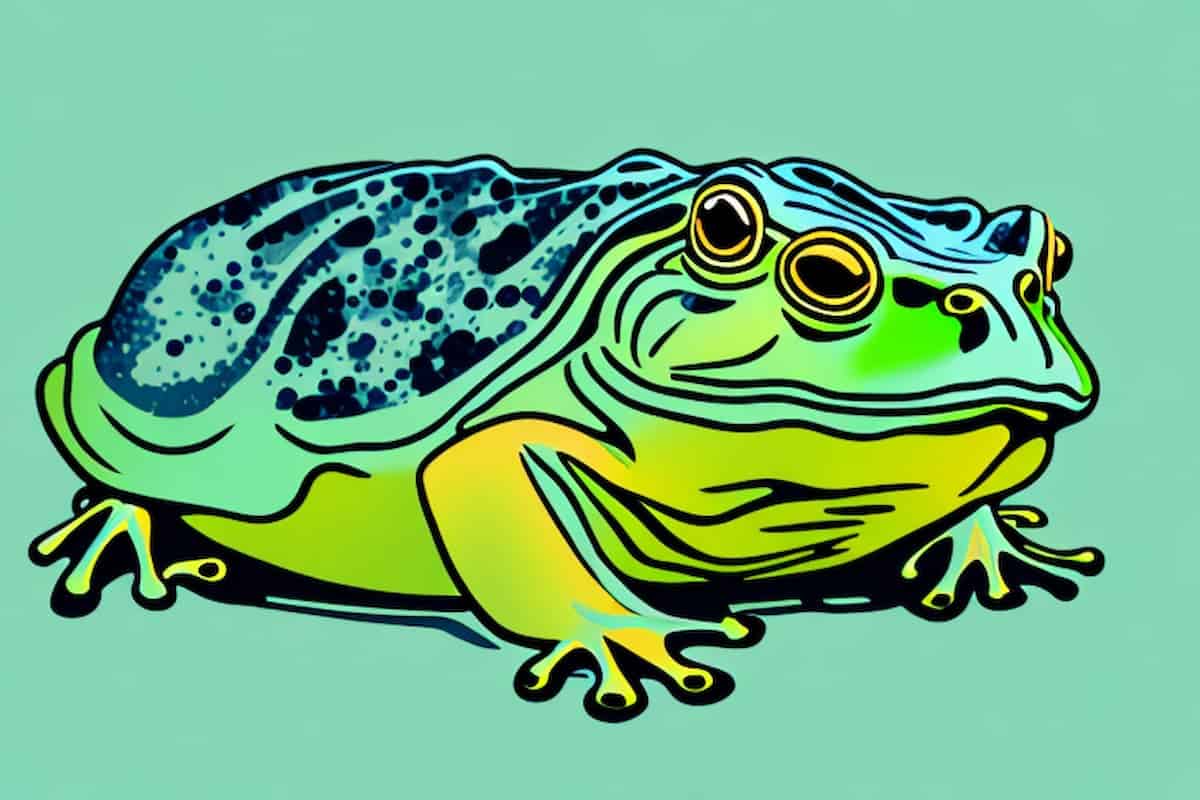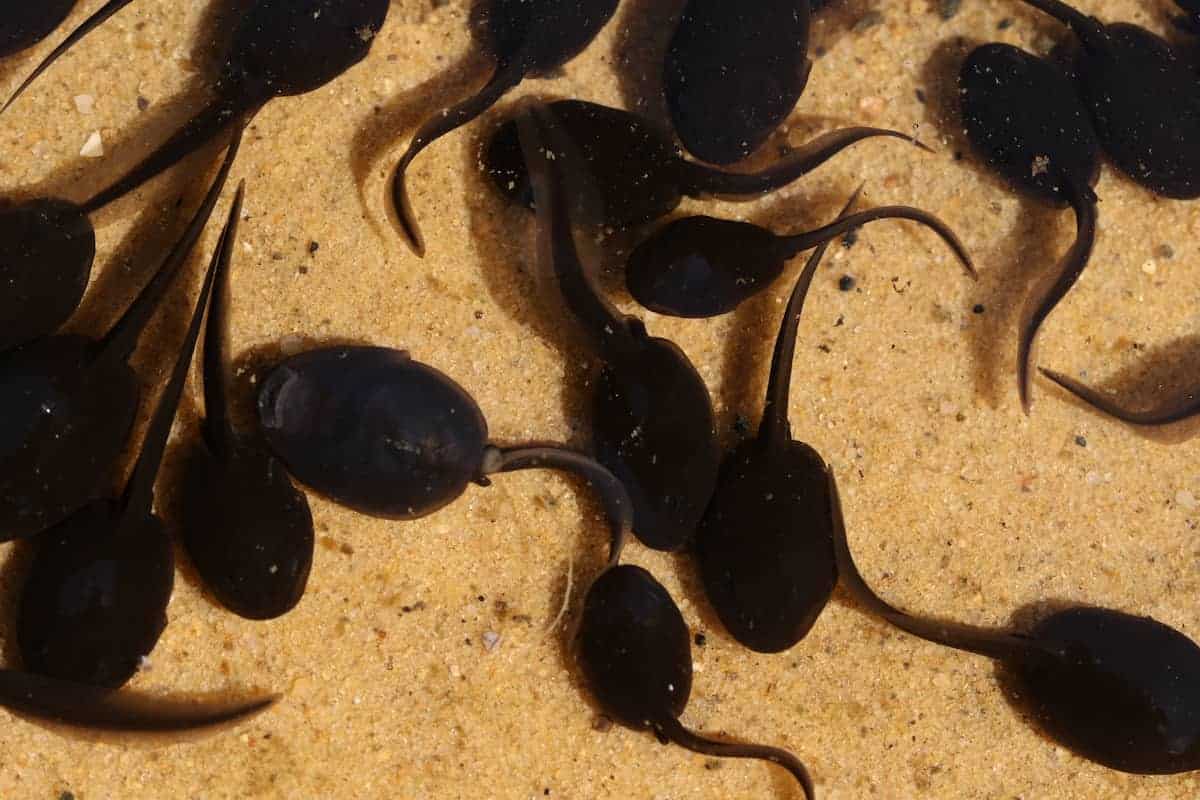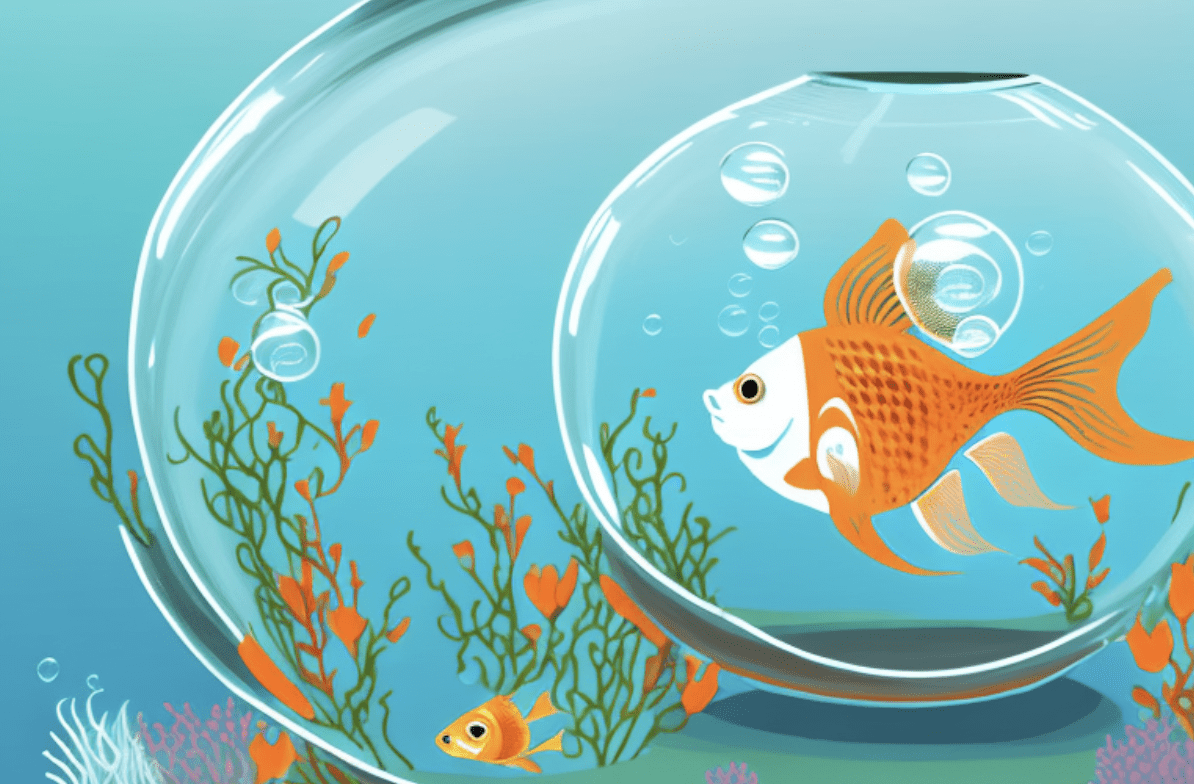Axolotls are an incredibly interesting species, with the ability to regenerate an array of body parts, complex social behavior patterns, and an appealing physical appearance. But, an often overlooked part of axolotl care is their sleeping habits. It’s essential to understand the sleeping habits of axolotls, both in terms of their health and wellbeing as well as in meeting their most fundamental needs as animals.
What Kind of Sleep Does an Axolotl Need?
Axolotls are nocturnal creatures which means that they are most active at night. During the day, they will naturally want to rest or sleep. It’s important to understand that axolotls will likely be the most active when provided with a environment where the light is kept dim and the water temperature is kept at a cool 18 °C. Contrary to mammal sleep habits, axolotls do not sleep through a 24 hour cycle, but rather through 2 or 3 hour cycles in short spurts. After a few hours of food-seeking and mating, they will take short rests during the day as well.
Axolotls are able to enter a state of torpor, which is a type of hibernation. This is a state of inactivity and low metabolic rate that helps them conserve energy. During this state, axolotls will remain motionless and their breathing and heart rate will slow down significantly. This state of torpor can last for several days, and is usually triggered by a decrease in water temperature or a lack of food.
How Much Sleep Does an Axolotl Need?
Axolotls typically need around 8 – 12 hours of uninterrupted sleep per day. This means that you should create a dark environment for them in their tank. The best way to do this is to invest in really good quality and waterproof black-out curtains that can help insulate their tank and give them the constant and dark environment which will promote healthy sleeping habits.
It is also important to make sure that the tank is kept at a consistent temperature. Axolotls are cold-blooded animals, so they need a temperature range of between 18-22°C (64-72°F). If the temperature is too low, they may not be able to get enough sleep, and if it is too high, they may become stressed and agitated.
What Are the Signs That an Axolotl Is Sleeping?
Some signs that an axolotl is sleeping might not be so obvious. Typically, axolotls will be still during sleep, and even breathing rates can be drastically slowed while they sleep, making it difficult to see when they are resting. A tell-tale sign of sleeping in an axolotl is their decrease in response time to external stimuli such as taps on the tank — they may be slow to react when touched or tapped, or even fail to react at all.
Another sign that an axolotl is sleeping is that they may be found in a curled up position, with their head tucked in close to their body. This is a common sleeping position for axolotls, and can be a good indicator that they are resting. Additionally, axolotls may be found in a more relaxed state, with their gills slightly open and their body more limp than usual.
What Factors Influence Axolotl Sleeping Habits?
There are several factors that can affect axolotl sleeping behaviors and habits. For example, food availability will likely affect sleep patterns. If food is abundant, axolotls may stay up all night trying to consume as much as they can. Additionally, water temperature is another factor. Cooler water temperatures can help encourage longer sleep periods, while warmer water temperatures may result in shorter, more frequent sleep periods.
How to Create the Right Environment for an Axolotl to Sleep Comfortably
Creating a comfortable sleeping environment for your axolotl requires a few key elements. Firstly, make sure that the tank has enough rocks and plants for your axolotl to hide and rest in. Additionally, it is incredibly important to make sure that the tank is well insulated and kept dark during the day. Investing in quality black out curtains is essential for this and will also help conserve energy expenses due to increased insulation.
Common Mistakes to Avoid When Ensuring Proper Sleep Habits for Your Axolotl
One of the most common mistakes that people make is not allowing their axolotls enough time to sleep without any disruption. Axolotls are sensitive creatures and need undisturbed sleep in order to be healthy and maintain well-balanced behavior. Additionally, not providing enough hiding areas and rocks can disturb their natural resting habits — this can lead to a decrease in energy levels and overall wellbeing.
How Can You Tell If Your Axolotl Is Getting Enough Sleep?
One of the best ways to tell if your axolotl is getting enough sleep is to observe them when the lights are dimmed or turned off completely. If they are sluggish or slow to respond, then this could be a sign that they are not getting enough rest. Additionally, you can observe their eating habits — if they’re not eating enough food or seem uninterested in food then this could be a sign that they’re exhausted from not getting enough sleep.
Tips and Tricks for Ensuring Your Axolotl Gets Quality Sleep
It’s important to create a comfortable sleeping environment for your axolotl in order to ensure that they get the best sleep possible. Investing in quality black-out curtains and material to help insulate the tank is essential, as well as making sure that there are plenty of rocks and hiding spots for your axolotl to rest comfortably. Additionally, make sure the water temperature is kept at a cool 18 °C and keep the lights dim or off during the day to promote optimal sleeping habits.
Conclusion
Sleep is an essential part of an axolotl’s health and wellbeing — it’s important to understand what kind of sleep an axolotl needs, how much sleep it needs, as well as how to create the right environment for them to get quality rest. By following the tips and tricks outlined here, you can ensure that your axolotl has the best possible sleeping habits.





